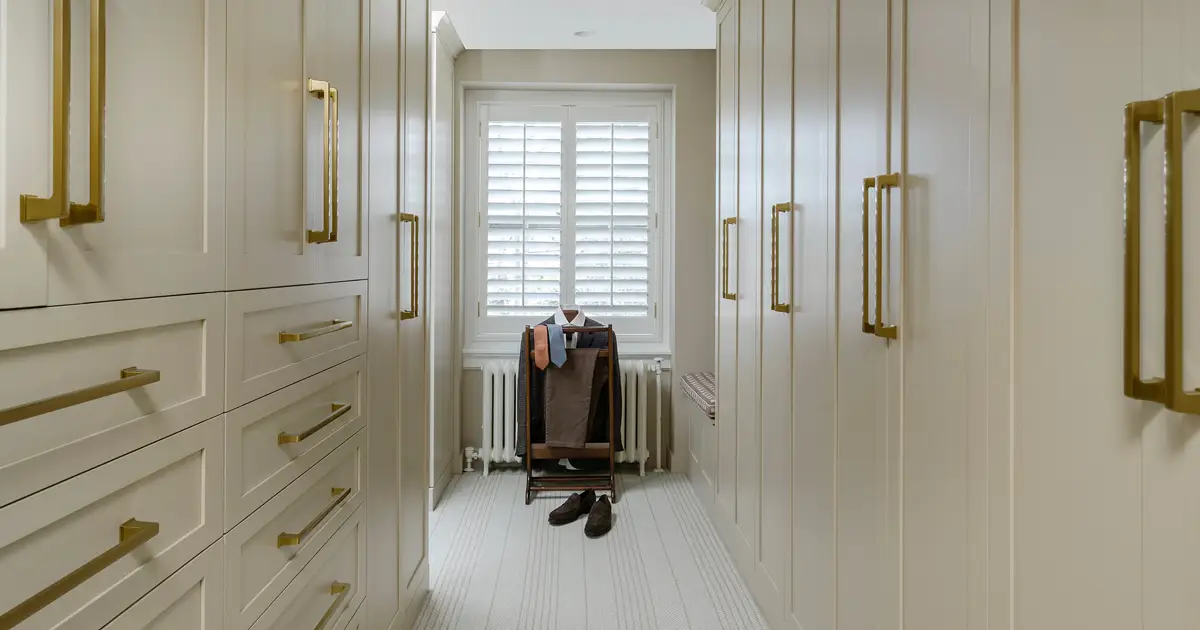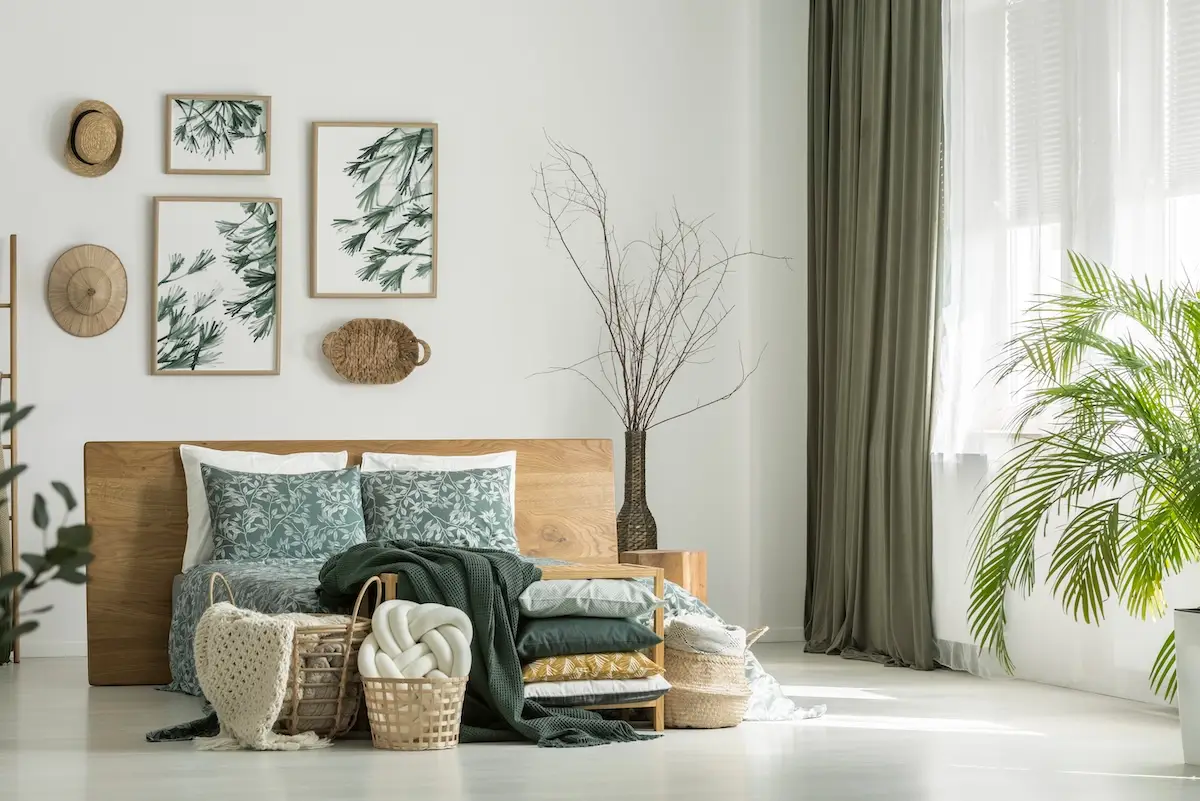Fashion designer Giorgio Armani once said, “To create something exceptional, your mindset must be relentlessly focused on the smallest detail.” Even adding the smallest architectural details to your walls makes the ordinary more exceptional. These details add visual interest, increase home value, and create great first impressions.
Molding Adds Character
Molding serves as a finishing touch while adding character. This character comes in the form of flow, balance, and proportion. If a room has high ceilings, molding adds height and presence to low-sitting windows. Much like the frame of a work of art or favorite photo, molding enhances what lies within. This applies to windows, ceilings, walls, and doorways. For example, in rooms with multiple doorways of different heights, molding creates cohesion by highlighting similarities rather than distracting differences.
Molding comes in various forms such as crown molding, baseboards, and chair rails. You can enhance existing molding of any kind with add-on elements. Consider adding shoe rails to baseboards, stair bracket molding to a staircase, or ornate crown molding to thin picture rails. Recent innovations in crown molding include lighted forms, which provide rooms with a soft, ambient glow. Lighted crown molding complements home theaters, bedrooms, and other rooms where coziness and comfort are key.


Photos: Shutterstock
Wainscoting: Functional & Beautiful
In the past, wainscoting added structure to walls with excess moisture, such as in bathrooms or kitchens. Today, however, wainscoting is an integral design element. Wainscoting in a foyer makes an instant impression on guests. In a dining room, it creates a sophisticated vibe. It can also frame artwork and serve as a headboard in a bedroom without taking up floor space. Wainscoting further adds lower visual interest in spaces with high ceilings and prevents walls from seeming otherwise bare. In more practical terms, wainscoting keeps walls safe from markings and also conceals any existing damage. From contemporary to craftsman, wainscoting accentuates whatever your style may be.


Photos: Shutterstock
Built-in Design
When done well, built-in architectural details transform otherwise unusable space and allows for changes in design and style over time. Built-ins are often part of remodels or new construction because they provide a luxurious and charming ambiance.
To meet storage needs, built-in features may use wasted space via bookshelves, wine racks, and cabinets. Examples include underneath staircases and stair landings, around fireplaces, and narrow walls. Built-in features can add value to your home as well. However, be sure to consider doorways, adjustability, proportion, and simplicity to enhance appeal to prospective buyers.


Photos: Jay Greene Photography
Hidden Architectural Details
Sometimes what is not as obvious can still arouse curiosity and create interest in a room. Creativity shines in hidden architectural details. Examples are mirrors or built-in bookcases that conceal doors and staircases that rise to uncover hidden rooms.
At times, hidden details may serve more functional purposes. Use crown molding and ceiling beams to hide bulky wiring or recessed lighting fixtures in almost any room. Additionally, wainscoting can hide wall compartments that provide extra storage without taking away from other design elements.

Photo: Jay Greene Photography

Photos: Barry Halkin
Other Architectural Details
While hidden architectural details bring intrigue to a room, exposed details provide a more overt visual experience. Exposed brick or beams show off a home’s structural stability. They also hearken back to the past with a sense of simplicity and humility. Adding beams to a ceiling or wall also creates the same effect.
Another detail to consider is what many refer to as the fifth wall – the ceiling. Molding accentuates ceilings, but so can wallpaper and paint. With paint, you can pull in base or accent colors, depending on the effect you want to achieve.
Call WPL Interior Design today at (215) 592-9570 to find out more about how we can help you add architectural details like these to your home.

Photos: Jay Greene Photography




